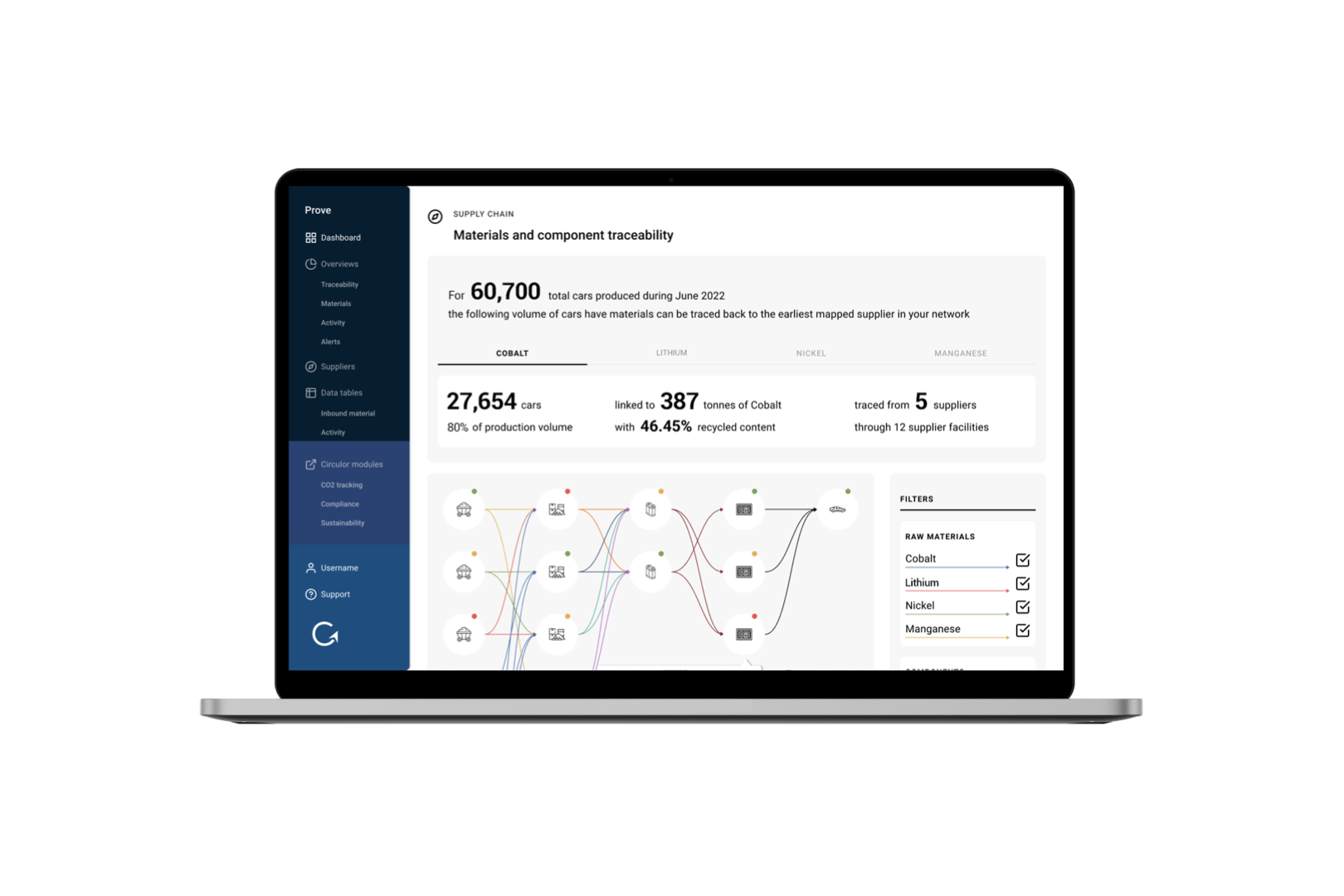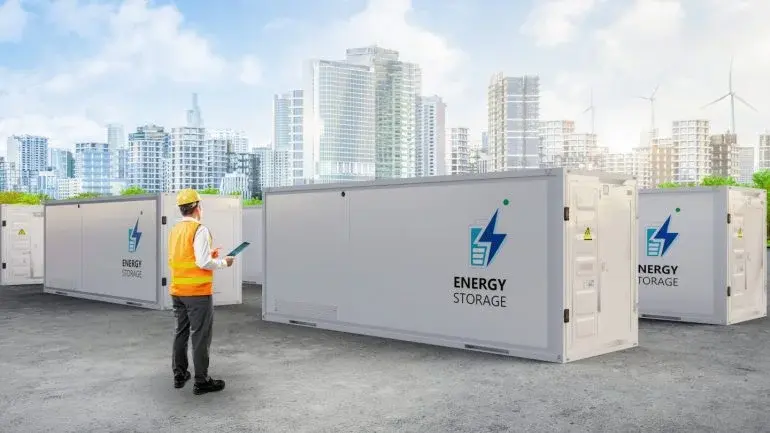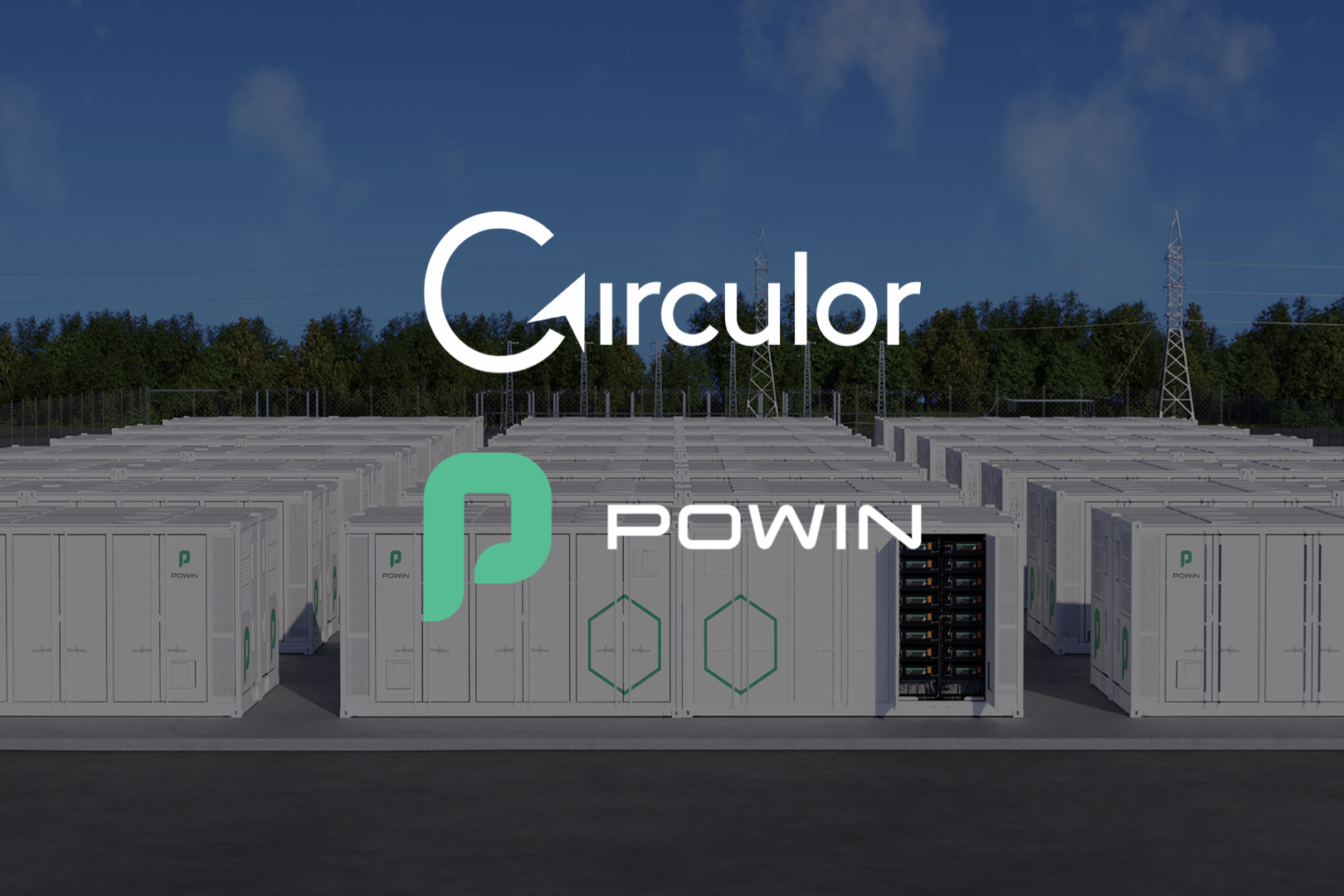
19.06.2024
Impact Studies
Collaboration Powering the Future: World’s First End-to-End Traceability for Wind Energy
As the renewable energy transition accelerates, the significance of wind energy to power a sustainable future is growing. This ultimately increases the demand for minerals and metals, such as copper, bauxite, and rare earth elements, which are essential for the construction of wind turbines and other energy transition technologies. In the last five years alone, the market for such materials has doubled, with projected growth of two to four times by 2040 [1] [2].
Although the quantity of mining required for the clean energy transformation remains far lower than the extractives needed to maintain a fossil-fuelled energy system, it's imperative that we ensure responsible and sustainable practices as we build up global critical mineral capacity. Today though, supply chains are often opaque, making it difficult for companies to know where the materials that are used in their products come from, posing a major challenge for those looking to incentivize and support responsible practices in their supply chains.
This is where the ground-breaking work between Ørsted, Siemens Gamesa, Siemens Energy Grid Technologies and Circulor, the leading supply chain traceability solution, comes into play. The four companies have recently accomplished the world’s first end-to-end traceability of the copper used in the transformers of the wind turbines, giving unique visibility into the origin of this critical material. Building this level of transparency has required close engagement across six tiers of the supply chain, involving component makers and material processors, as well as mine sites in Chile and Indonesia.
The collaboration is a first-of-its-kind, setting a new standard for supply chain transparency within the wind industry, where visibility into all components containing critical materials is crucial. It also showcases the potential for traceability of copper supply chains to other critical sectors reliant on copper, such as transportation, electronics and construction, to work towards more responsible supply chains.
The Power and Benefits of Collaboration
Last year, Ørsted’s Sustainability Due Diligence and Compliance team joined hands with Siemens Gamesa’s Sustainability team to embark on this initiative, which sought to trace the copper in Siemens Energy’s transformers used in Siemens Gamesa turbines at Ørsted’s Hornsea Two, the world’s largest offshore wind farm.
Powered by Circulor’s leading material traceability and emissions tracking solutions, the project, which commenced in May 2023, has successfully tracked copper on its journey through the supply chain. To do this, Circulor hosted discovery workshops with suppliers to introduce the project and sequentially collated traceability and carbon emissions data from each facility into the platform, connecting the material flow from the smelters, downstream to the wind park. With support and input from Siemens Energy Grid Technologies, who supplied the transformers, Ørsted and Siemens Gamesa know the exact provenance and production journey of copper, with blockchain technology providing an immutable and reliable digital chain of custody.
Joel Frijhoff, Sustainable Supply Chain Manager and Programme Lead at Ørsted, states: “A world that runs on green energy will require new supplies of minerals and metals from emerging economies - this cannot come at the expense of human rights. The lack of visibility into the origin of key metals in our renewable energy projects is a big hurdle to mapping and mitigating social and environmental risks in our metal supply chains. This collaboration with Siemens Gamesa and Circulor has shown that transparency is possible, so it is a big step forward in our work to ensure responsible mined materials for the renewable energy transition.”
“Raw materials are the key ingredients of our wind turbines. Accordingly, being part of this pioneering project is very important for Siemens Gamesa to build transparency along our supply chain networks. Only by building transparency in our complex multi-tier supply chains, will we be able to promote responsible mining and processing activities.”
Maximilian Schnippering, Head of Sustainability at Siemens Gamesa
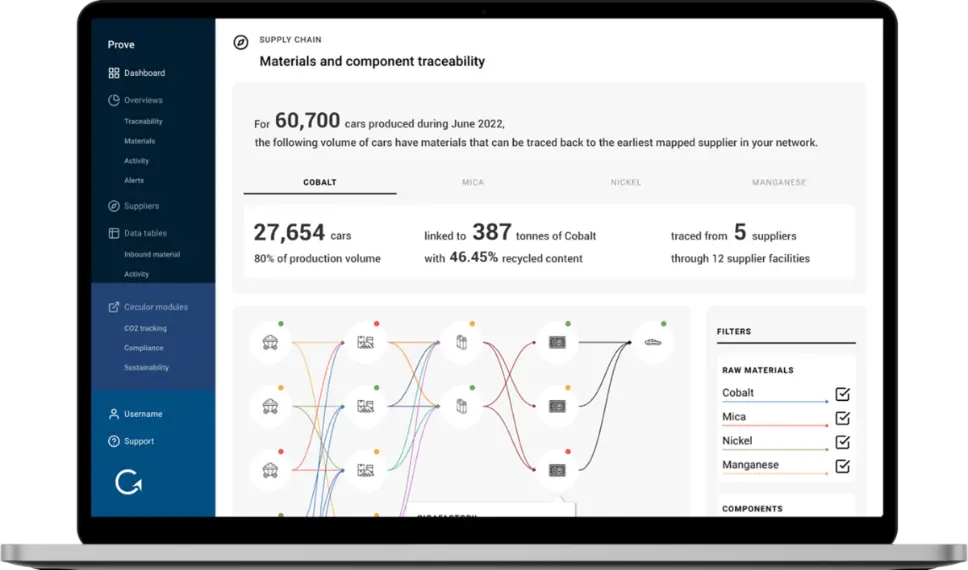
Example of Circulor’s dashboard showing supply chain traceability for materials and components
Proving the worlds-first traceability for wind energy is a defining moment for the industry that sets a high bar in terms of what responsible sourcing and supply chain sustainability should look like. We’re proud of this ongoing partnership with Ørsted and Siemens Gamesa to drive positive change in their supply chains.”
Douglas Johnson-Poensgen, CEO at Circulor
Looking Forward
As the manufacturing of essential renewable energy technologies ramps up, the need for transparent and sustainable supply chains becomes increasingly urgent.
This project serves as a blueprint for supply chain traceability and shows great potential for expansion to additional supply chains for Ørsted, Siemens Gamesa and Siemens Energy Grid Technologies, while demonstrating the potential for full copper traceability to industry so that responsible sourcing and sustainability fuel the energy transition.
In addition, the accomplishment of the world’s-first copper traceability for wind energy demonstrates the power of collaboration and the art of the possible to consumers and policymakers alike. As global regulators increasingly require proof of responsible and regional sourcing of critical materials as well as sustainable manufacturing to access the market, this project showcases the essential role of traceability in providing this continuous proof.
For European regulations, such as the Critical Raw Materials Act (CRMA), that have increasingly stringent sourcing, sustainability and circularity targets, the benefits traceability provides in terms of continuous visibility and monitoring will enable meeting of these policy objectives. Therefore, end-to-end traceability of all clean energy technologies, such as through the collaboration described here can provide great benefits to create a greener world for generations to come.
[1] IEA Critical Minerals Market Review 2023, pg 5
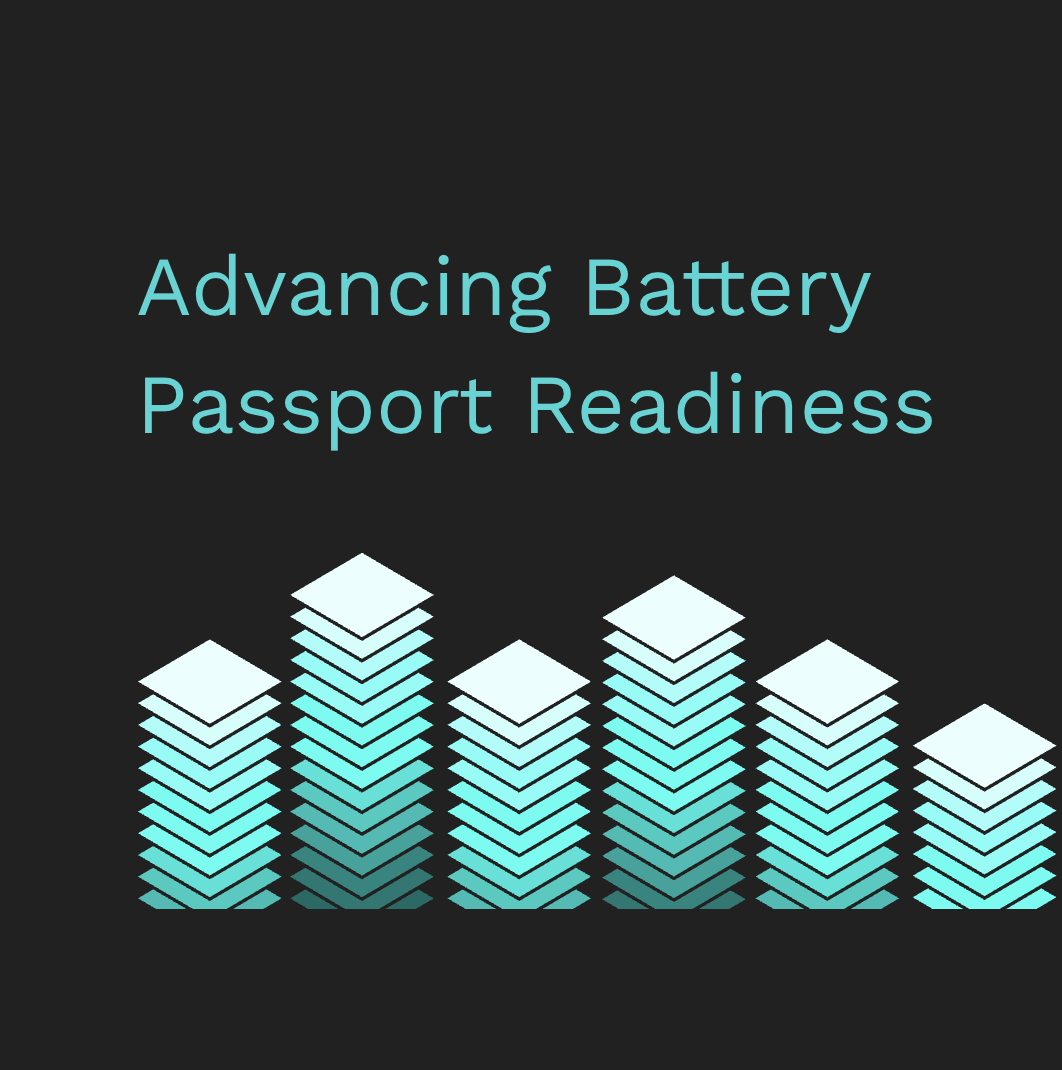



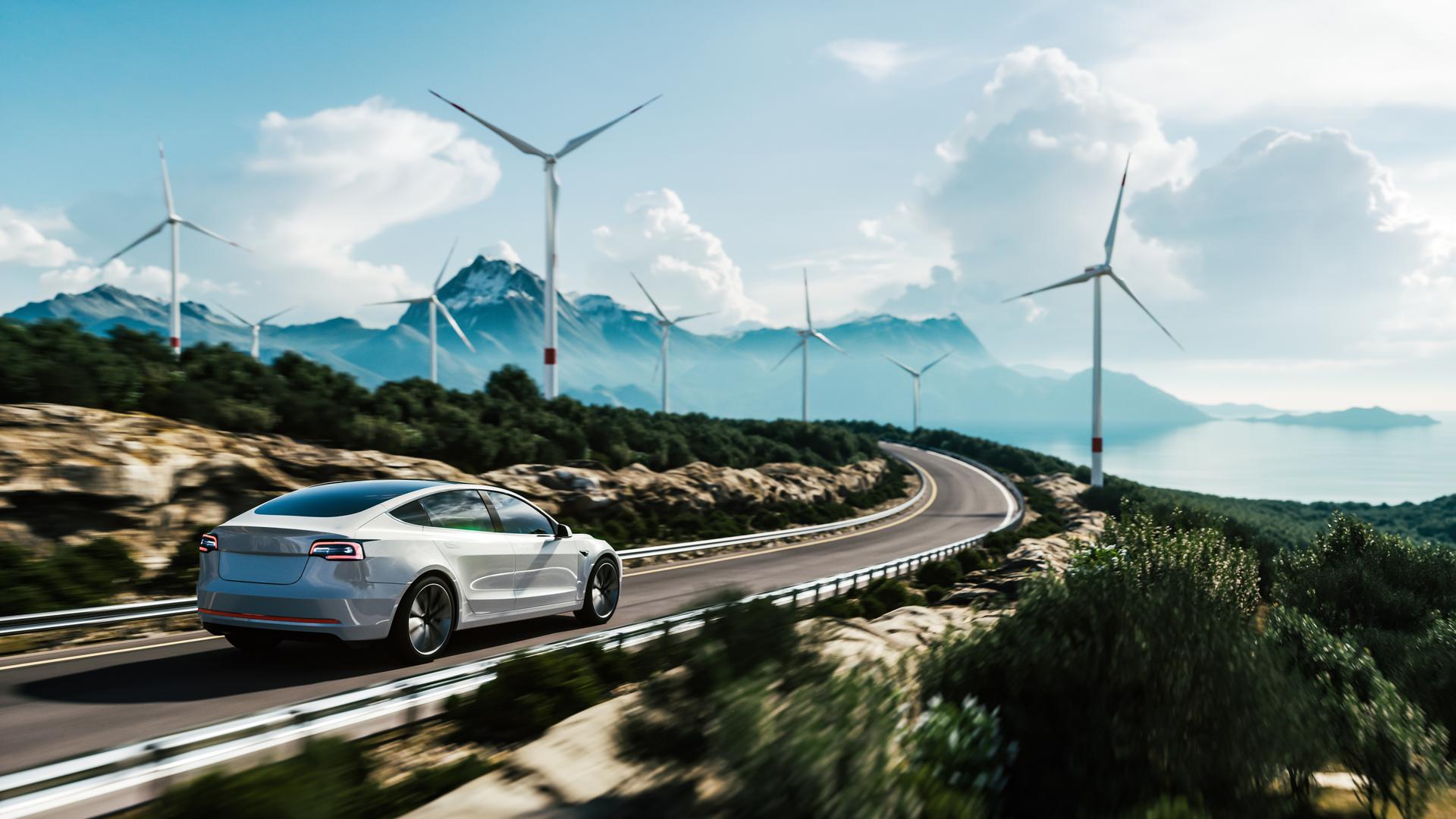
![Acculon RA Circulor - website image.001[44].png](/_next/image?url=https%3A%2F%2Fdecisive-wonder-fa24533282.media.strapiapp.com%2FAcculon_RA_Circulor_website_image_001_44_2720fb315d.png&w=1920&q=75)
